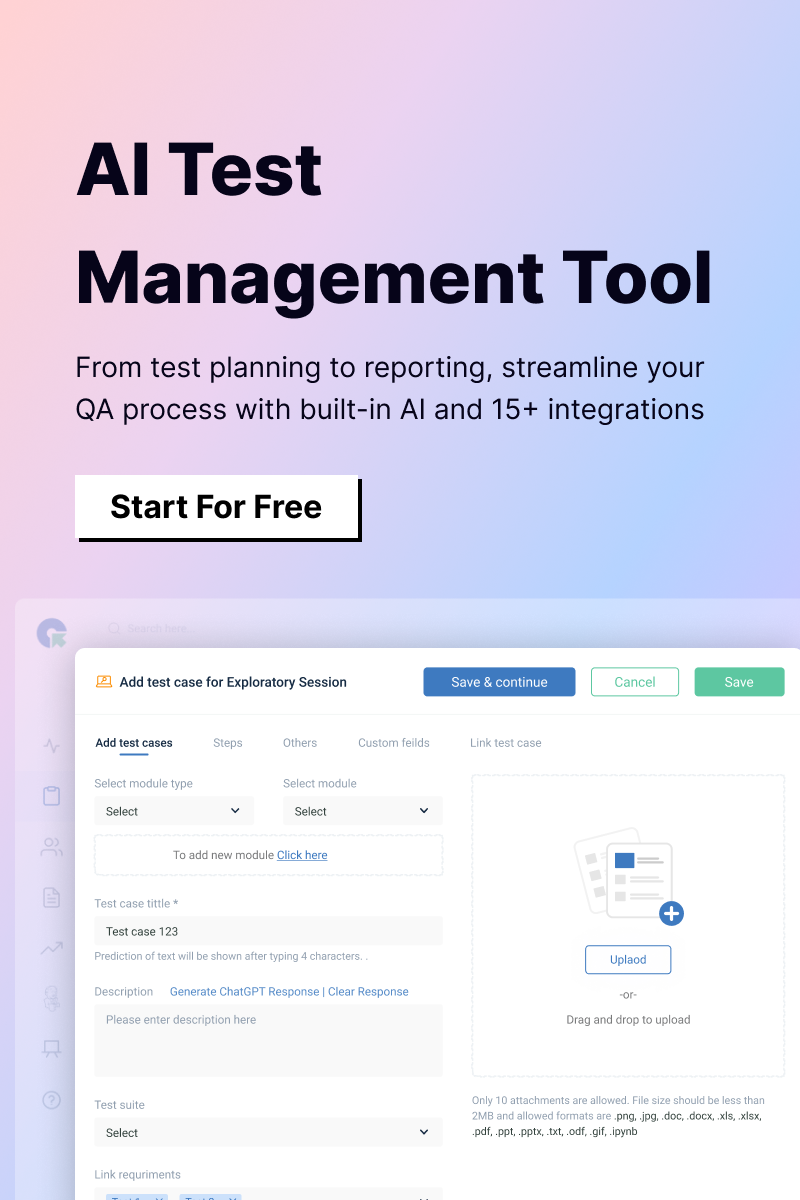A defect in testing is the difference between the expected and actual result, often indicating a deviation from customer requirements. It is an error in the code or logic that causes the program to malfunction or produce incorrect results. Usually found after the software is released, it is logged as a defect in the tracking system during testing.
What are the types of defects in software testing?
- Functional Defects: Errors that occur when the software does not perform as expected according to the requirements. Example: A login button fails to authenticate users.
- Performance Defects: Issues related to the system’s speed, stability, or scalability. Example: A webpage takes too long to load.
- Usability Defects: Problems that make the software difficult or confusing for users. Example: Poor navigation or unclear instructions.
- Compatibility Defects: Errors arising when software does not work across different devices, operating systems, or browsers. Example: A feature working in Chrome but not in Firefox.
- Security Defects: Vulnerabilities that can be exploited to compromise data or system integrity. Example: Weak password encryption.
- Interface Defects: Issues in communication between different modules or systems. Example: APIs failing to send correct responses.
- Boundary-Related Defects: Errors that occur when inputs at or near boundaries are handled incorrectly. Example: A form accepting more characters than the limit.
- Logic Defects: Flaws in the application’s decision-making or algorithm. Example: Incorrect calculations in a financial application.
- Database Defects: Issues related to data retrieval, storage, or integrity in the database. Example: Missing or duplicate records.
- Configuration Defects: Errors caused by incorrect system setup or environment settings. Example: Application crashing due to incorrect server configuration.
What are the causes of software defects?
Here are some common causes of software defects that impact user experience:
- Poor Coding Practices: Mistakes in logic or syntax by developers, often increasing with system complexity.
- Miscommunication: Misunderstandings between stakeholders and developers can lead to incorrect features being built.
- Inadequate Analysis: Failure to fully analyze requirements or potential solutions results in overlooked scenarios.
- External Dependencies: Misunderstandings about how external systems, libraries, or services function. Example: Assuming an API returns data in one format when it uses another.
- Lack of Testing Controls: Absence of practices such as TDD (Test-Driven Development) or BDD (Behavior-Driven Development) to catch defects early.
How to prevent defects in testing?
We could prevent defects in testing by following:
- Functional Automation: Automate tests to catch defects early and prevent them from reaching production. Automated tests can flag issues during the build process, ensuring defective builds don’t proceed.
- Unit Testing: Maintain high code coverage through unit testing. Develop and update unit tests whenever significant bugs are fixed to ensure the solutions remain effective.
- Proper Source Control: Implement robust source control practices, including effective branching and merging strategies, to avoid reintroducing old defects. Ensure code changes are well-managed and not lost or overwritten.
- Automate CI/CD: Automate code deployment processes to minimize human error. Automated Continuous Integration (CI)/Continuous Deployment (CD) pipelines simplify code integration and deployment, reducing the likelihood of mistakes.
- Quality Processes and Standards: Advocate for quality-focused processes across the organization. A culture of quality highlights attention to detail, reducing the occurrence of defects.



